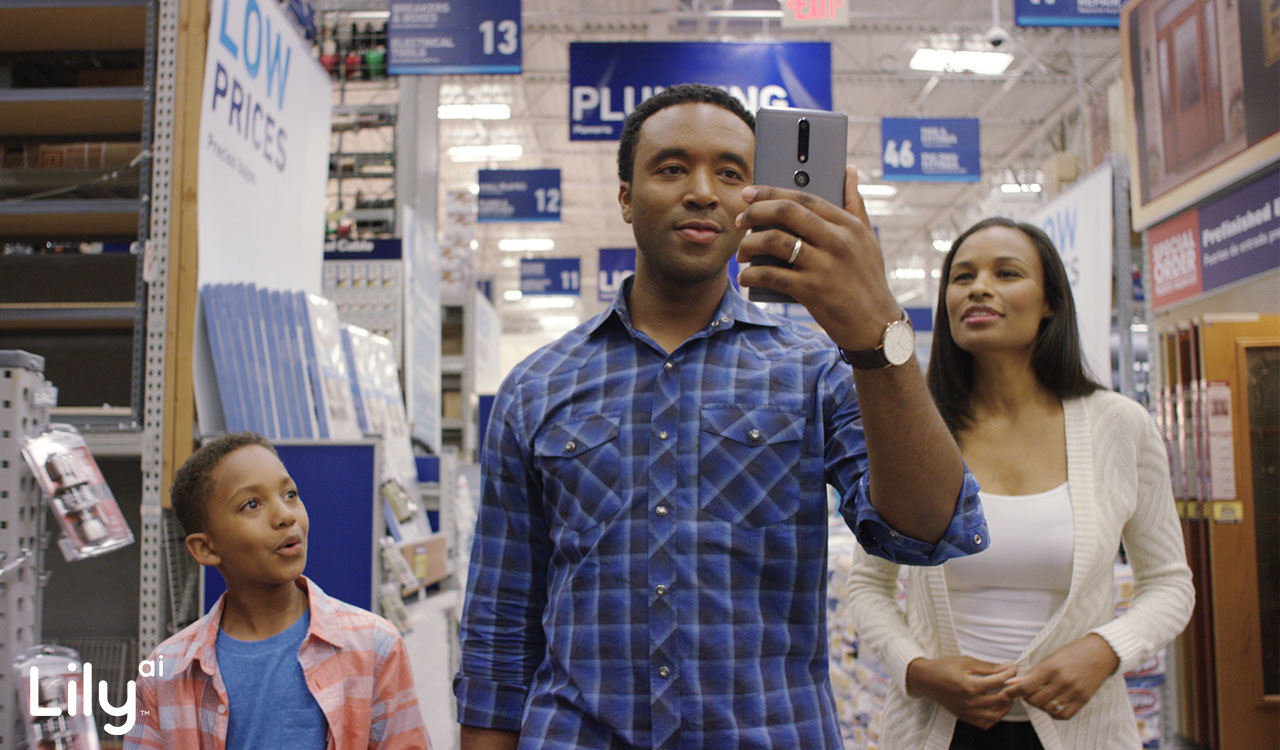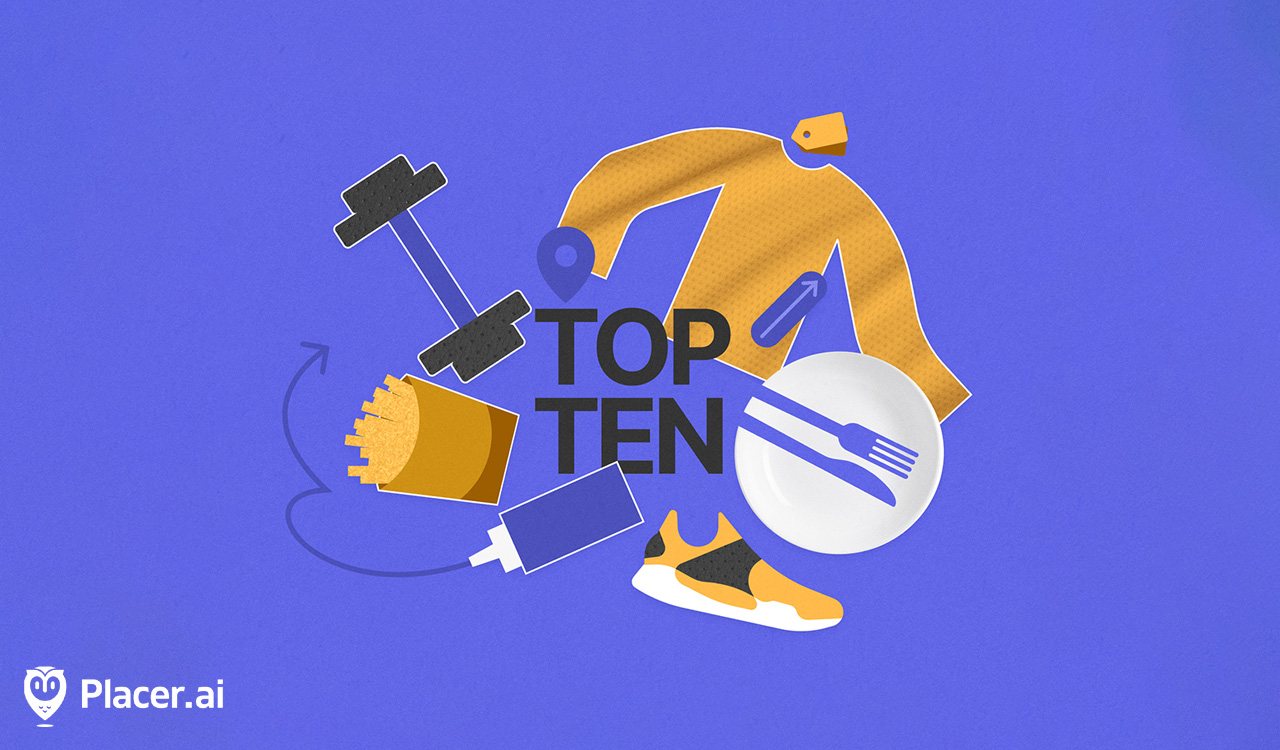Mandeep Bhatia, SVP of Omnichannel at Tapestry recently said, “Saying no to AI is like saying no, we don’t like money.” As Tapestry and other leaders topping this year’s Retail AI Index (download the report for free) have shown, advancements in AI are unlocking not just greater efficiencies and higher productivity, but AI is visibly reshaping the retail industry in new and exciting ways that consumers can experience as they search and shop.
Across the industry, top retailers are reaping the benefits of AI to address some of the most promising yet challenging consumer-facing aspects of marketing, merchandising, and ecommerce.
Elevated Retail
When you get down to basics, retailers want to make their customers’ lives better by delivering positive, memorable experiences. Consider how Walmart is a standout example of AI-powered impact. By investing in Retail AI to enrich their product data with deeper details and richer attributes, they’re now able to harness this data to optimize a broader range of ecommerce capabilities, enabling shoppers to find exactly what they need with greater ease. Finding what you want is the ultimate unlock to sales and satisfied customers.
Across the industry, other top retailers are also reaping the benefits of AI to address some of the most promising yet challenging consumer-facing aspects of marketing, merchandising, and ecommerce. See how six leading retailers are using AI to elevate shopping experiences, both online and offline:
- Navigating the paradox of choice with customized curation. ASOS, for example, allows customers to input their style preferences for personalized fashion recommendations. Additionally, their “Buy the Look” feature uses ML to suggest complete outfits, based on site visitors’ behaviors, purchase histories, and browsing histories.
- Elevating personalization and product discovery. Sephora’s Modi Face Color Match tool lets users upload a photo of an item, like a handbag or jewelry, and then receive makeup shades and products to match it. Additionally, their AI-generated product descriptions have improved their search engine visibility.
- Making on-site search smarter. Bloomingdale’s uses AI-powered product attribution to capture not just the typical product attributes of product type and color, but also to expand a broader range of attributes that capture more colloquial and natural customer language. So, a search for a “Wicked-inspired New Year’s Eve Dress” always yields all of the most relevant results.
- Maximizing Google Ads and SEO. The same customer-centric attributes that improve on-site search extend to search engines, like Google. Take Tapestry, which is seeing both improved organic search (SEO) and paid search performance through increased web traffic and higher sales driven by enriched product attributes in Google Merchant Center.
- The gift of easier gifting. Williams-Sonoma’s “gift-finder chatbot” asks customers about the gift recipient’s age, occasion, and price range, and then suggests personalized gifts. These suggestions appear as cards or a carousel on Google Assistant, making shopping easier and more interactive.
- Beyond digital, elevating the in-store experience. Lowe’s combines AR and AI in their Lowe’s Vision: In-Store Navigation app. It uses AR to help customers find their way around the store while delivering personalized product recommendations, based on users’ interests.
What’s Next?
Leading brands and retailers are not simply adopting AI, they’re pioneering its use throughout their businesses in new and innovative ways. Maintaining that leadership position will start to feel like both a marathon and a sprint as significant advancements in Retail AI continue to emerge every week. Those that fail to keep up will find it increasingly difficult to catch up.
On the other hand, top AI trailblazers will benefit from an emerging competitive flywheel. By demonstrating new and impactful uses of AI, they’ll attract the type of talent who will further spearhead cutting-edge applications. These applications will drive higher sales, greater customer satisfaction, and a reputation for innovation that will propel them to even greater heights.
As this flywheel builds momentum, AI trailblazers will continue to reap the financial rewards in the months and years to come. To learn more, download your complimentary Retail AI Index to see other case studies on how to build customer loyalty and improve your bottom line.
Note: Lily AI is a Robin Report Innovator




